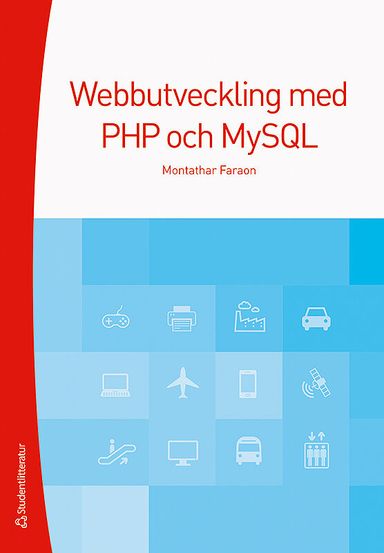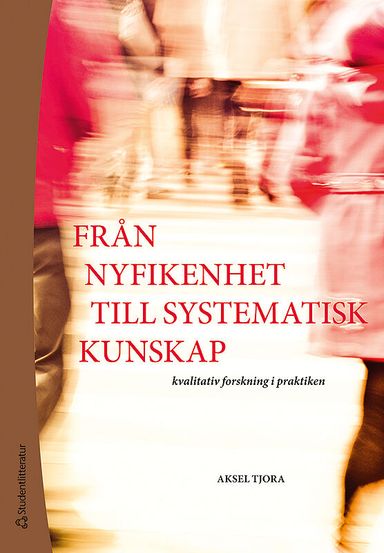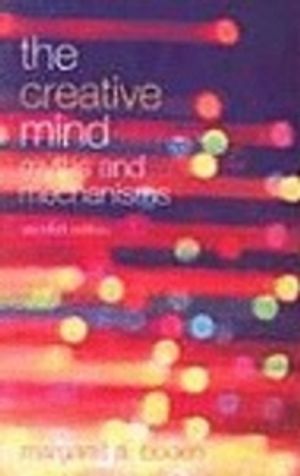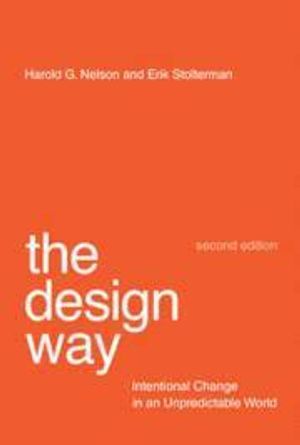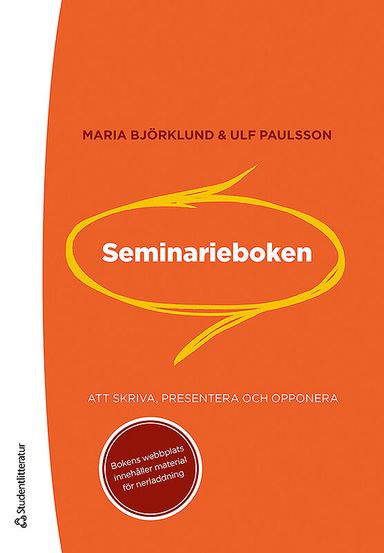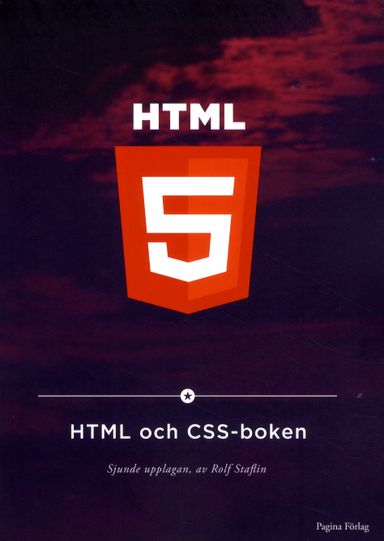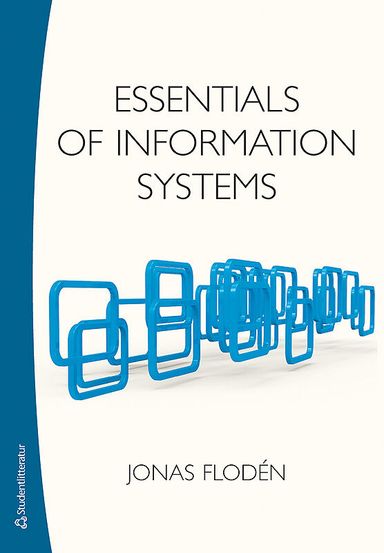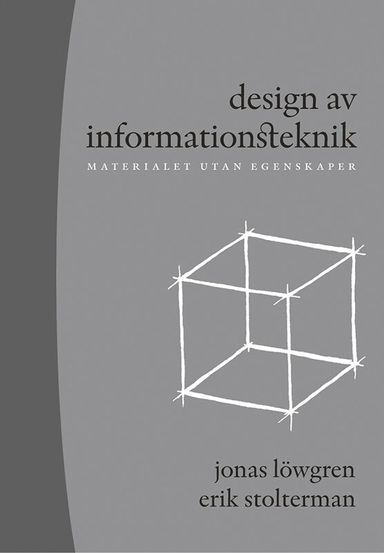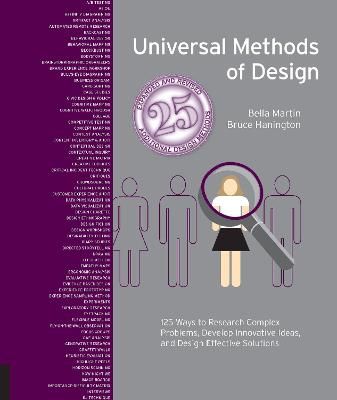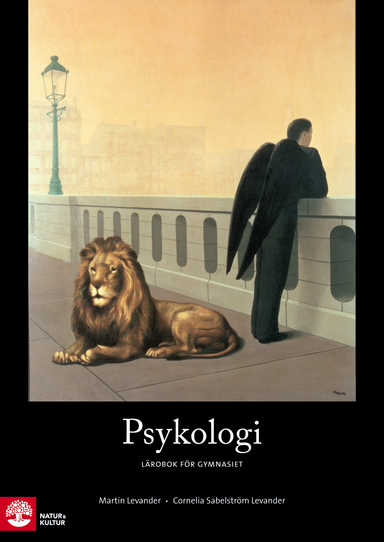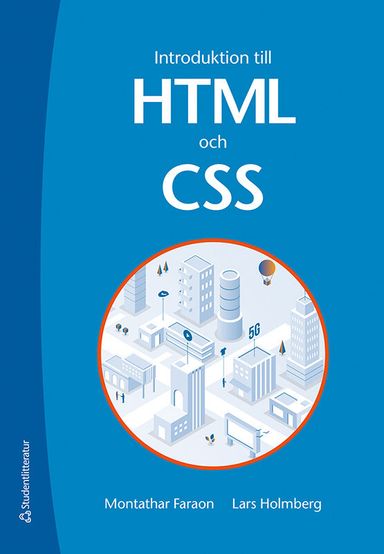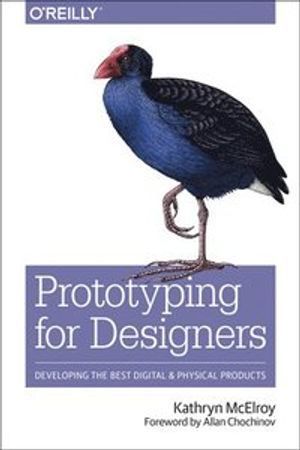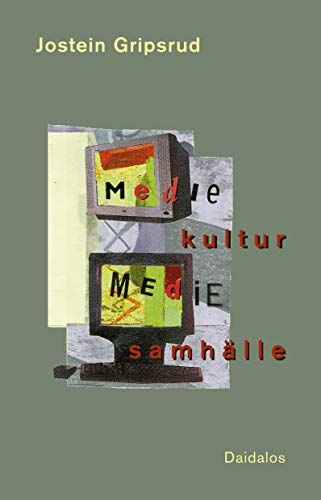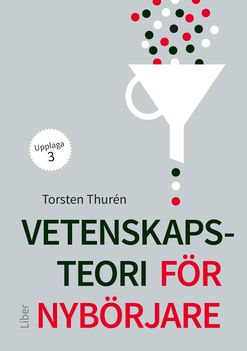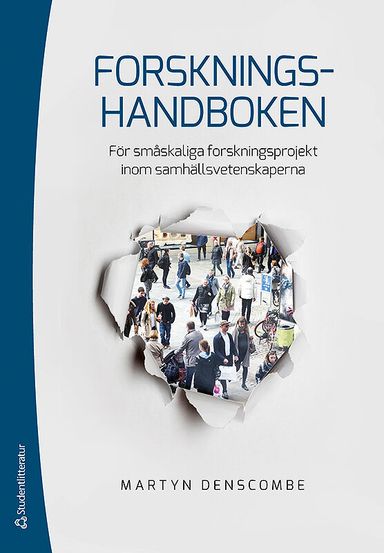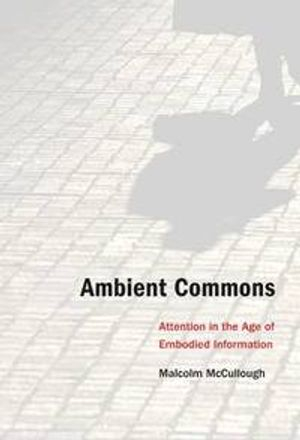

Ambient Commons : Attention in the Age of Embodied Information Upplaga 1
- Upplaga: 1a upplagan
- Utgiven: 2013
- ISBN: 9780262018807
- Sidor: 368 st
- Förlag: MIT Press
- Format: Inbunden
- Språk: Engelska
Om boken
The world is filling with ever more kinds of media, in ever more contexts and formats. Glowing rectangles have become part of the scene; screens, large and small, appear everywhere. Physical locations are increasingly tagged and digitally augmented. Sensors, processors, and memory are not found only in chic smart phones but also built into everyday objects. Amid this flood, your attention practices matter more than ever. You might not be able to tune this world out. So it is worth remembering that underneath all these augmentations and data flows, fixed forms persist, and that to notice them can improve other sensibilities. In Ambient Commons, Malcolm McCullough explores the workings of attention though a rediscovery of surroundings. Not all that informs has been written and sent; not all attention involves deliberate thought. The intrinsic structure of space -- the layout of a studio, for example, or a plaza -- becomes part of any mental engagement with it. McCullough describes what he calls the Ambient: an increasing tendency to perceive information superabundance whole, where individual signals matter less and at least some mediation assumes inhabitable form.He explores how the fixed forms of architecture and the city play a cognitive role in the flow of ambient information. As a persistently inhabited world, can the Ambient be understood as a shared cultural resource, to be socially curated, voluntarily limited, and self-governed as if a commons? Ambient Commons invites you to look past current obsessions with smart phones to rethink attention itself, to care for more situated, often inescapable forms of information.
Åtkomstkoder och digitalt tilläggsmaterial garanteras inte med begagnade böcker
Mer om Ambient Commons : Attention in the Age of Embodied Information (2013)
2013 släpptes boken Ambient Commons : Attention in the Age of Embodied Information skriven av Malcolm McCullough. Det är den 1a upplagan av kursboken. Den är skriven på engelska och består av 368 sidor. Förlaget bakom boken är MIT Press.
Köp boken Ambient Commons : Attention in the Age of Embodied Information på Studentapan och spara pengar.
Referera till Ambient Commons : Attention in the Age of Embodied Information (Upplaga 1)
Harvard
McCullough, M. (2013). Ambient Commons : Attention in the Age of Embodied Information. 1:a uppl. MIT Press.
Oxford
McCullough, Malcolm, Ambient Commons : Attention in the Age of Embodied Information, 1 uppl. (MIT Press, 2013).
APA
McCullough, M. (2013). Ambient Commons : Attention in the Age of Embodied Information (1:a uppl.). MIT Press.
Vancouver
McCullough M. Ambient Commons : Attention in the Age of Embodied Information. 1:a uppl. MIT Press; 2013.
